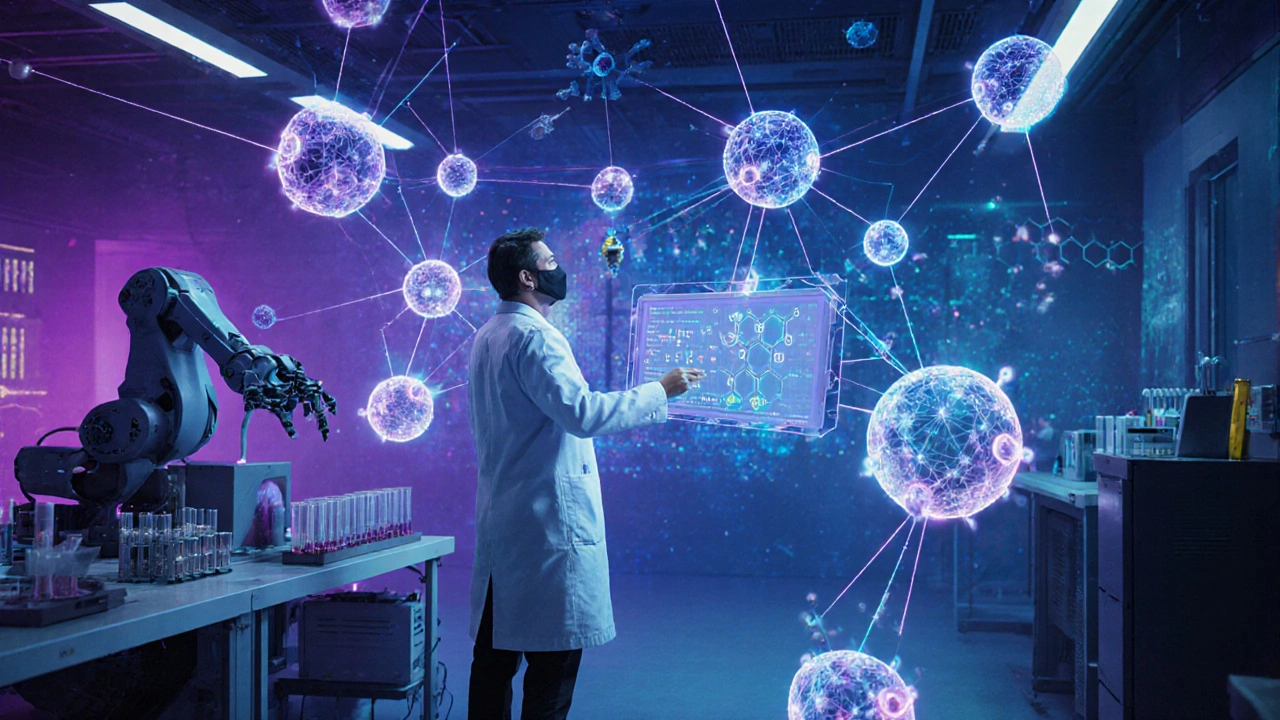AI Biomedical Research: How AI Is Changing Medicine and Health Science
When you hear AI biomedical research, the use of artificial intelligence to analyze biological and medical data for breakthroughs in health and disease treatment. Also known as AI in healthcare, it’s not science fiction—it’s happening in hospitals, labs, and pharmaceutical companies right now. This isn’t about robots replacing doctors. It’s about using algorithms to find patterns in massive datasets that humans simply can’t see fast enough—like spotting early signs of cancer in scans, predicting how a drug will interact with a patient’s genes, or finding new drug candidates from millions of chemical compounds in days instead of years.
At its core, AI drug discovery, the application of machine learning to identify and design new pharmaceutical compounds is cutting years off development timelines. Companies are using AI to screen molecules, predict toxicity, and even design proteins from scratch. Meanwhile, biomedical data analysis, the process of interpreting complex health data—genomic, imaging, clinical records—to uncover insights is helping doctors catch diseases like Alzheimer’s or diabetes before symptoms appear. These tools don’t work in isolation. They rely on machine learning in medicine, training models on labeled medical data to make predictions or classifications, whether it’s identifying tumors in X-rays or forecasting patient readmission risks. The real power comes when these systems are trained on diverse, real-world data—not just clean lab samples.
You won’t find magic here. Just hard work: clean data, smart models, and careful validation. Every breakthrough in AI biomedical research starts with a question—Can we predict which patients will respond to this treatment? Can we find a new antibiotic before the next superbug emerges? The posts below show you exactly how this is done: from using Python to process genomic data, to building AI models that analyze medical images, to setting up ethical guardrails so these tools don’t reinforce bias. No jargon. No hype. Just real examples of how researchers and developers are using AI to save lives, one dataset at a time.

